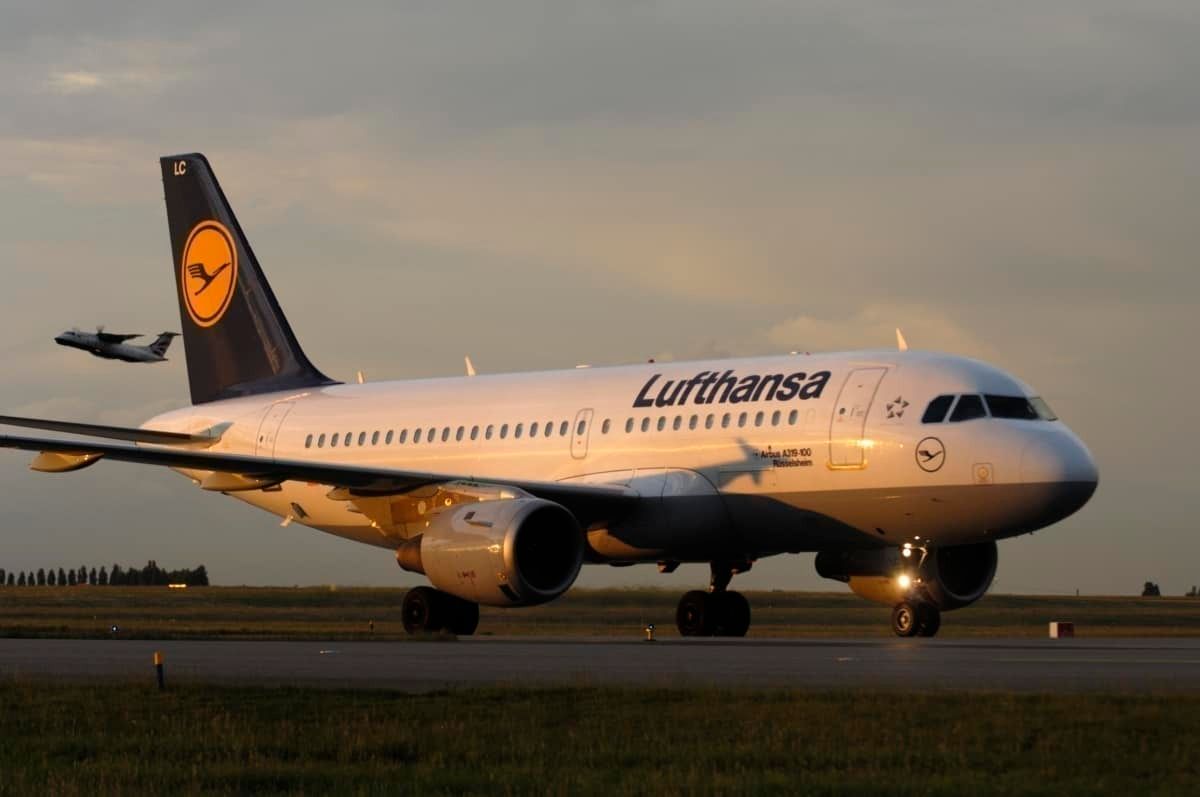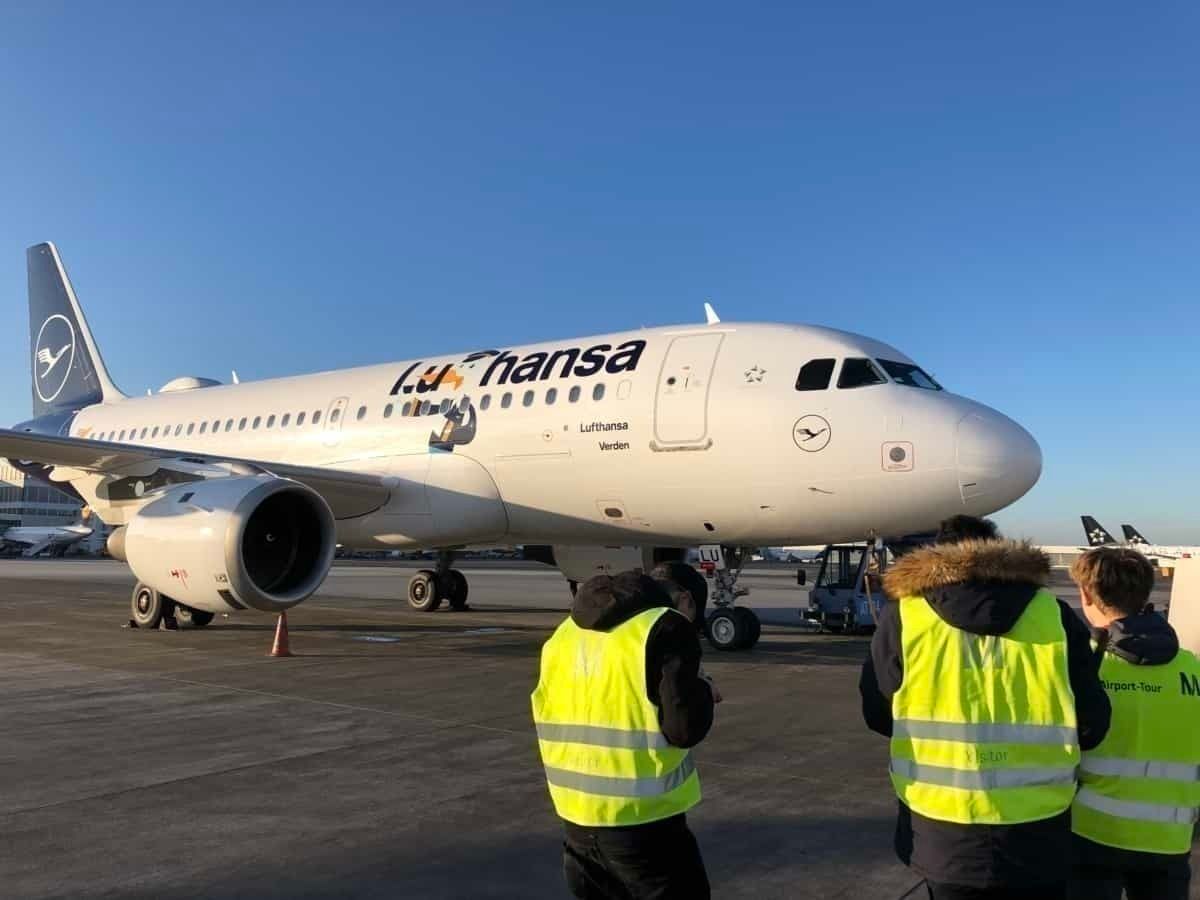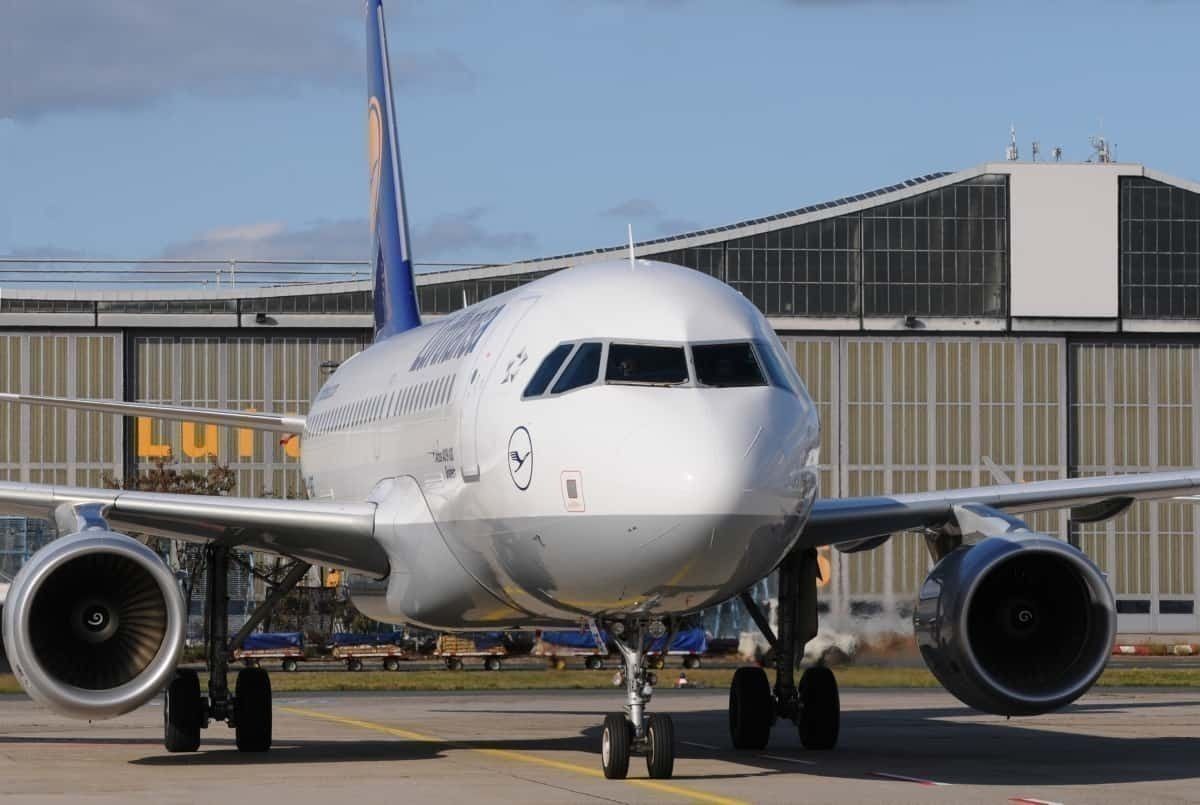On July 18, 2020, a Lufthansa Airbus A319 rejected takeoff after receiving an engine fire warning emanating from the left-hand engine. The aircraft, with registration number D-AILU, was taking off from Munich International Airport (MUC) as flight number LH-2004 bound for Düsseldorf International Airport (DUS).
As the aircraft was accelerating for takeoff on Munich's runway 26L, the crew rejected takeoff at 86 knots over ground speed due to a left side engine (CFM56) fire warning. The aircraft immediately decelerated, coming to a stop on the runway.
Everything appeared normal
The flight deck requested emergency services to respond while at the same time asking other Lufthansa crews pilots waiting for departure if they could see any fire or smoke coming from the engine. The pilots in the plane waiting for departure called back to report that everything appeared to be normal.
Munich tower also confirmed that while using binoculars, they could not see anything out of the ordinary. The stricken plane's pilots subsequently taxied the aircraft off the runway and stopped after the hold short line while they awaited the arrival of the emergency services.
After checking out both of the A319s engines, emergency services said they noticed a slightly higher engine temperature on the left engine compared to the right. They also reported that they had not come across any leaks of contaminations.
It was assumed to be a false warning
According to The Aviation Herald, the crew aboard flight LH-2004 where confident of their assessment that it was a false fire warning. Now satisfied that the engine would not catch fire, they taxied the aircraft back to the apron.
True to form, Lufthansa immediately brought in a replacement A319 registration number D-AILA. Subsequently, the carrier flew the inconvenienced passengers on to Dusseldorf with a delay of one hour and forty minutes. Meanwhile, Lufthansa D-AILU remained on the ground in Munich some nine hours after the incident.
Jet engines are fitted with fire extinguishers
It may be easy for the crew to say that they suspect it was a false warning. However, it is hard to say for sure unless you can remove the engine's cowling and look for damage.
Jet engines like the CFM International's CFM56 are fitted with linear pneumatic sensing systems. These are often referred to as fire loops, which are gas-filled pipes that can detect abnormal heat sources.
If the temperature in the heat sensing system's vicinity were to rise, a warning indication to the cockpit would be triggered. If there was a short circuit causing the problem, it should be discovered during pre-flight testing.
One possible cause for the alarm could be physical damage that results in a pinching in the loop that often can trigger a false fire alarm. All modern jet aircraft are fitted with engine fire extinguishers. So, should an engine catch fire, it can be immediately extinguished.
The Lufthansa crew aboard flight number LH-2004 is well-trained. Therefore, when they received the warning, they dealt with it in a textbook fashion.
Have you ever been on a plane and had the engine catch fire? If so, please tell us about what happened in the comments.



